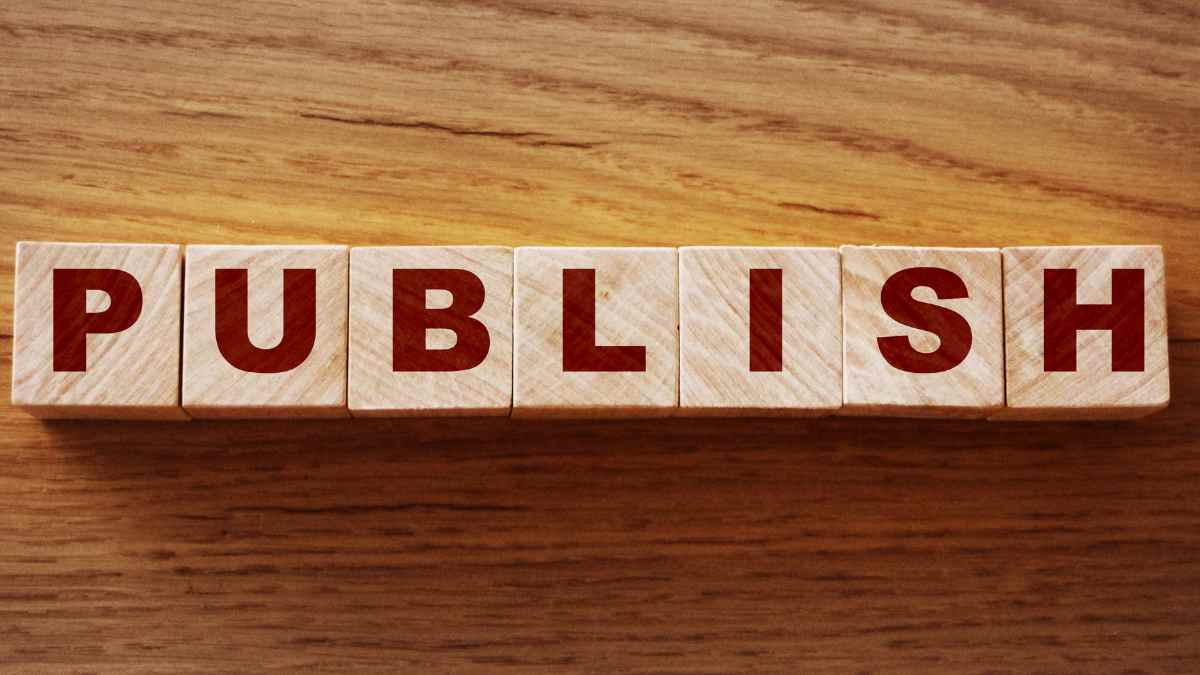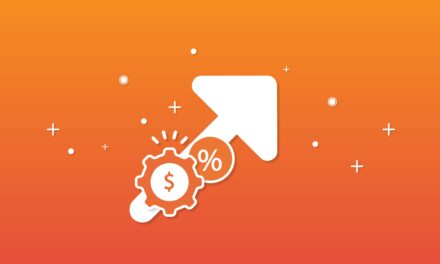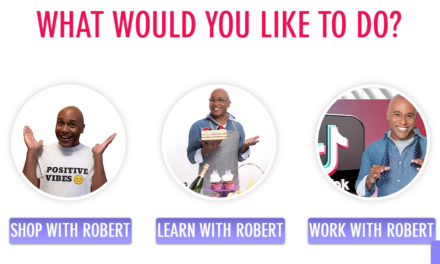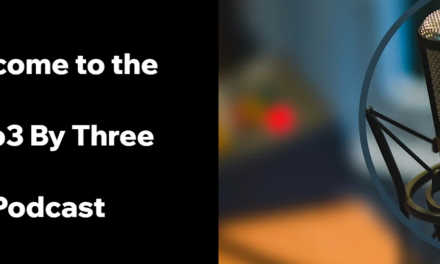I’ve published nine books using three publishing models – traditional (McGraw-Hill Education), self-publishing, and a better hybrid model (Tilt Publishing).
I thought I’d share my story to help you, the content entrepreneur, learn about the publishing paths in case you want to add a book to your content product lineup.
Traditional publishing: The majority of my books have been published through McGraw-Hill. Epic Content Marketing (two versions) and Content Inc. (two versions) have been my biggest traditional successes, selling over 100,000 copies combined.
In these situations, McGraw-Hill took all the financial risks. For example, with the second version of Content Inc., I was paid a small advance in lieu of royalties. Once I finished the manuscript, the traditional publisher paid for editorial, proofreading, design and layout services. I had some say on the cover design and editorial choices, but ultimately, McGraw-Hill had the final say. The traditional publisher also ensured the book was available in print and digital on sites like Amazon and Barnes & Noble.
Most of the marketing was up to me, though McGraw-Hill spent a small amount to promote it on Amazon. I made sure my audience was aware of the book launch, and I worked with a team of “helpers” who pre-read the book, reviewed it on public sites, and let their colleagues know about it.
The timeline in traditional publishing is also up to the publisher. I pitched the second version of Epic Content Marketing to McGraw-Hill in November 2021. The books debuted 15 months later – February 2023. The traditional process is generally slow and methodical.
Every quarter, McGraw-Hill sends a royalties update for my books. I see how many copies are sold but never know who bought the book. Once I sell more copies than the advance they paid me, I get a direct deposit of the royalties each quarter.
Traditional publishers like McGraw-Hill have struggled, and it’s harder for authors to get traditional deals today. For example, the division of McGraw-Hill I worked with for years no longer exists.
Self-publishing: I self-published three books, including my first Get Content, Get Customers, Managing Content Marketing, and my lone novel, The Will to Die.
When you self-publish, you effectively set up your own publishing company. After finishing the draft manuscript, I found, hired, and paid for a developmental editor to take a critical look at it. Once the manuscript was complete, I hired an editor, proofreader, and designer to lay out the book and design a cover. I paid well over $10K for all these services.
I also set up individual accounts on Amazon, Kobo, Barnes & Noble, Playaway, and other sites to sell the book. In publishing, I control and keep all the royalties from books sold on those sites.
I loved learning the self-publishing process. It was incredibly difficult, especially finding and hiring all the right people to help get the book published. But I controlled the book, including when it was released, and received all the revenue (royalties) immediately (or on whatever schedule Amazon, Kobo and B&N are using).
The timeline was up to me and the contractors I worked with. With one self-published book, the editor I wanted to work with wasn’t available, and I had to wait about 45 days for them to get to the manuscript.
Better hybrid model: For my latest book, The Content Entrepreneur, I used Tilt Publishing, which is also responsible for this newsletter. It uses a hybrid model that provides the best of traditional and self-publishing.
Once the multiple authors of The Content Entrepreneur book completed the manuscript, Tilt Publishing selected the editor, proofread the manuscript, designed the interior and cover, and worked with my web team so I could sell the book directly from my website.
The process of using a traditional publisher like McGraw-Hill and a publisher like Tilt Publishing are the same, from manuscript delivery to the final product. The difference is that I collected all the sales directly (by selling from my website), selling both print copies (through Lulu, Tilt Publishing’s parent company) and digital copies.
When I sell from my site, I know who purchased my book — a first in all my years of publishing. I can also sell on third-party sites, though I don’t choose to do that.
The Tilt Publishing model works for me because I want to sell directly to my fans and subscribers, set my pricing, and receive 100% of the profits. While this model isn’t for everyone, I think it’s the best model for a content creator who has a solid following and doesn’t want to send their fans off to sites like Amazon. And unlike self-publishing, where I had to pay dozens of people separately for contracted services, I’m able to pay Tilt Publishing one fee, and they take care of everything. The entire process took about 120 days, from manuscript delivery to my first website sale.
Choosing your best fit: All in all, there are pros and cons to each model. It really depends on your goals. If someone were to offer me six figures for my book and take on all the risk, I’d most likely go for that. But if that’s not available, I’m at a point where I’ve built an audience and want to sell directly to fans but don’t want to deal with all the contractors and the scheduling. I prefer the self-publishing model without all the hassle.
About the author
Joe Pulizzi is founder of multiple startups including content creator education site, The Tilt and is the bestselling author of seven books including Content Inc. and Epic Content Marketing, which was named a “Must-Read Business Book” by Fortune Magazine. Joe is best known for his work in content marketing, first using the term in 2001, then launching Content Marketing Institute and the Content Marketing World event. He has two weekly podcasts, the motivational Content Inc. podcast and the content news and analysis show This Old Marketing with Robert Rose. His foundation, The Orange Effect, delivers speech therapy and technology services to over 200 children in 34 states.










